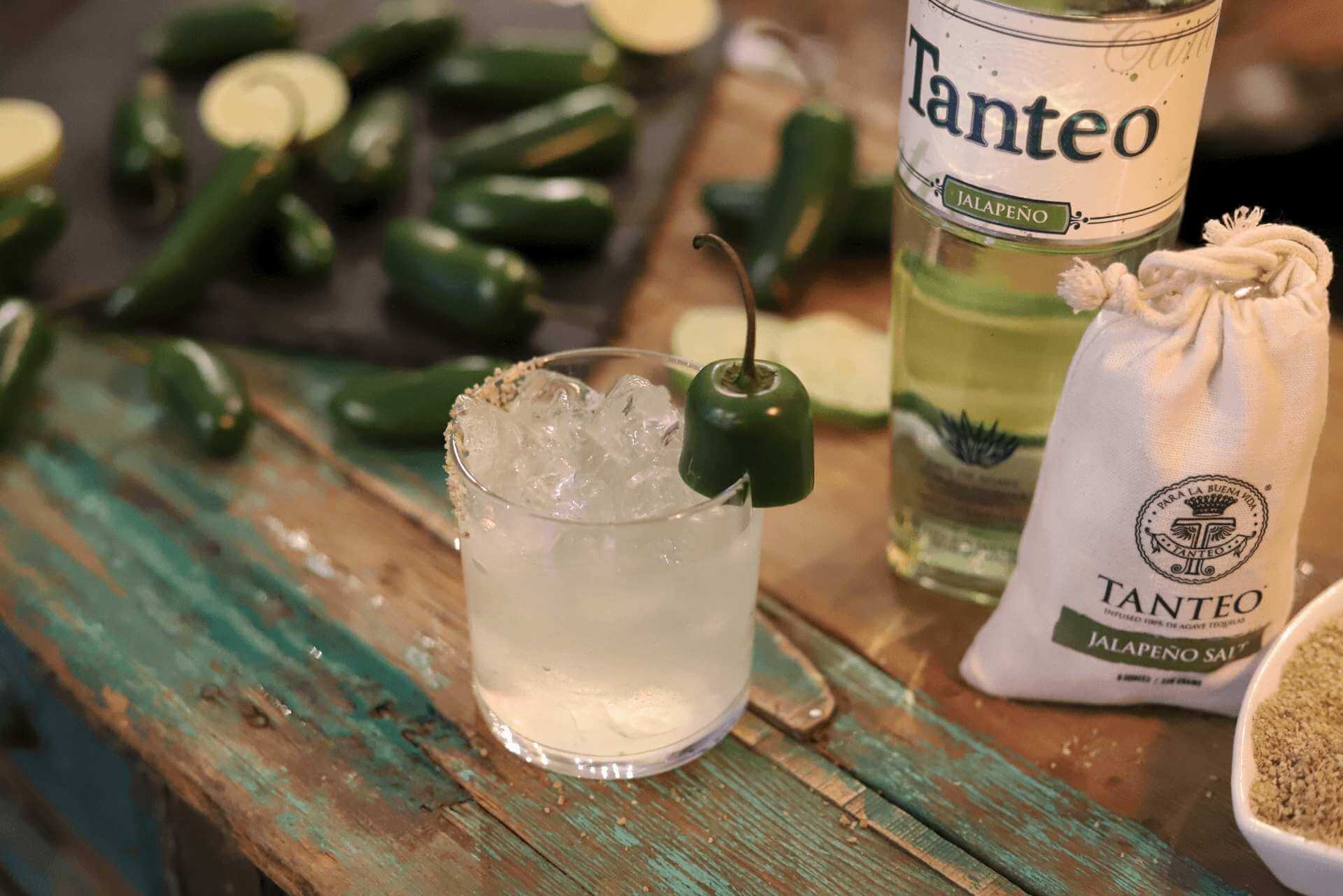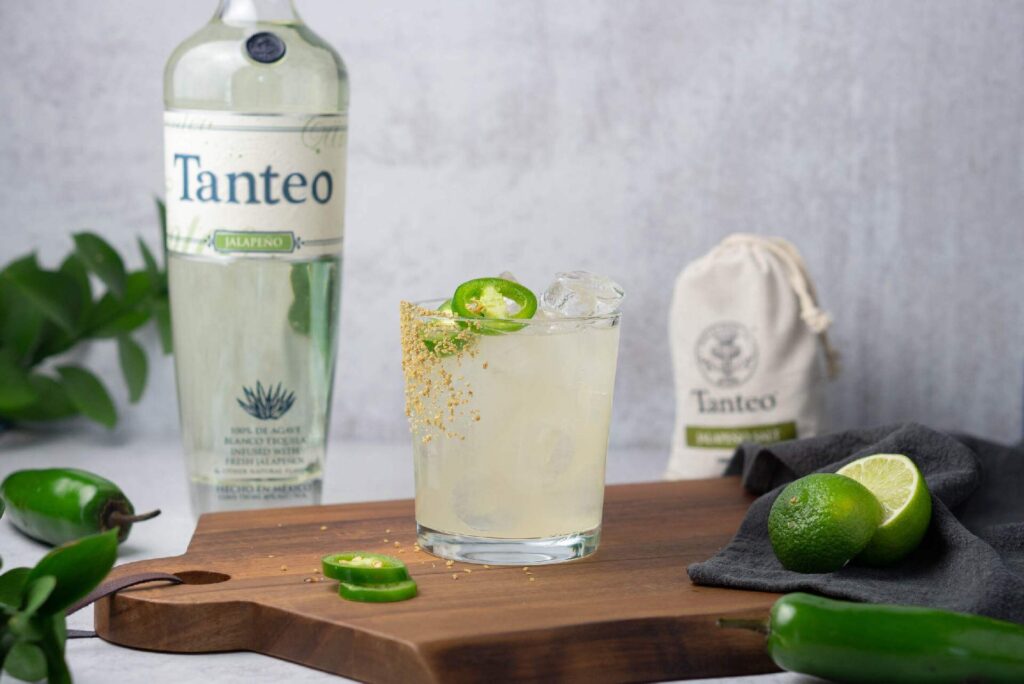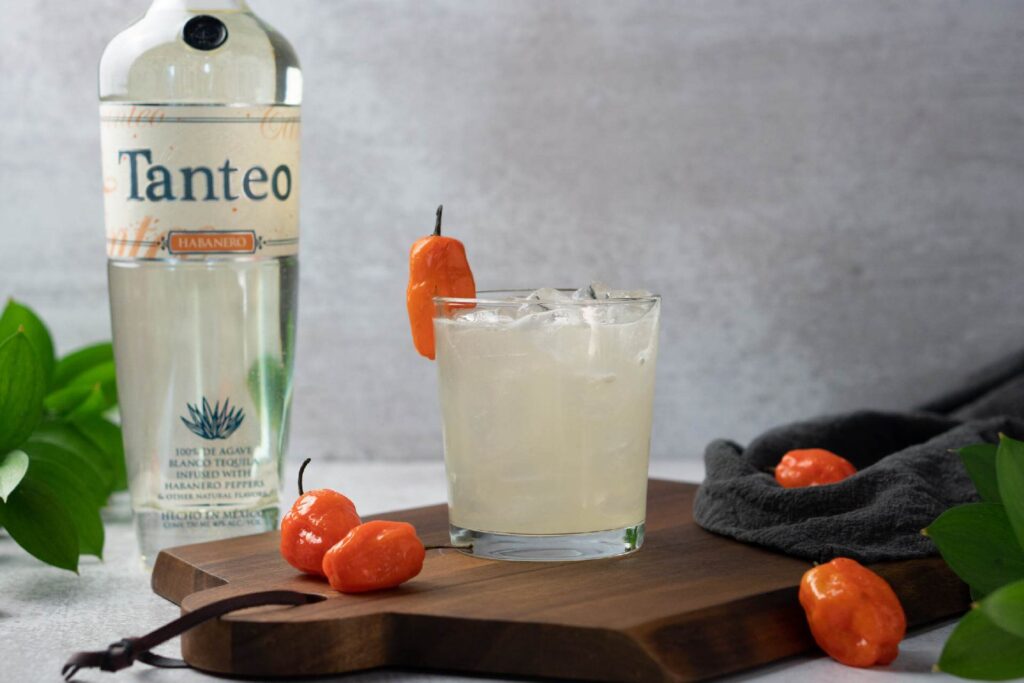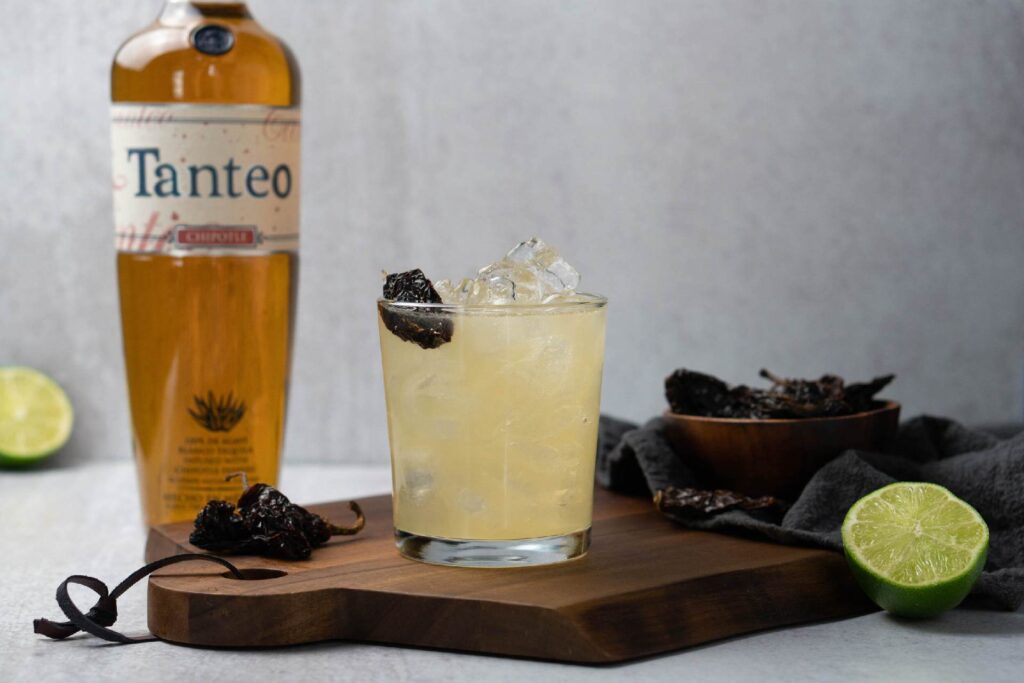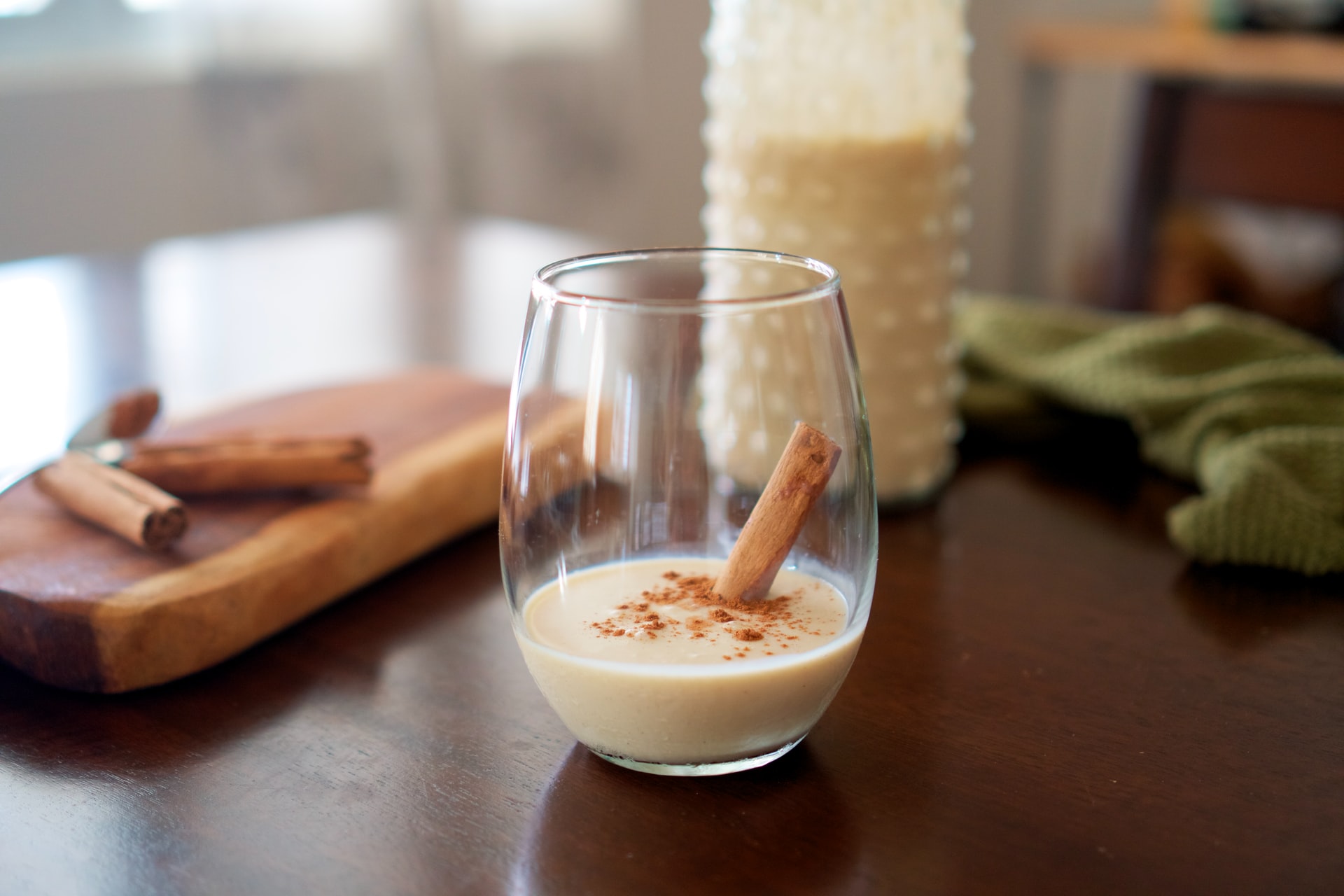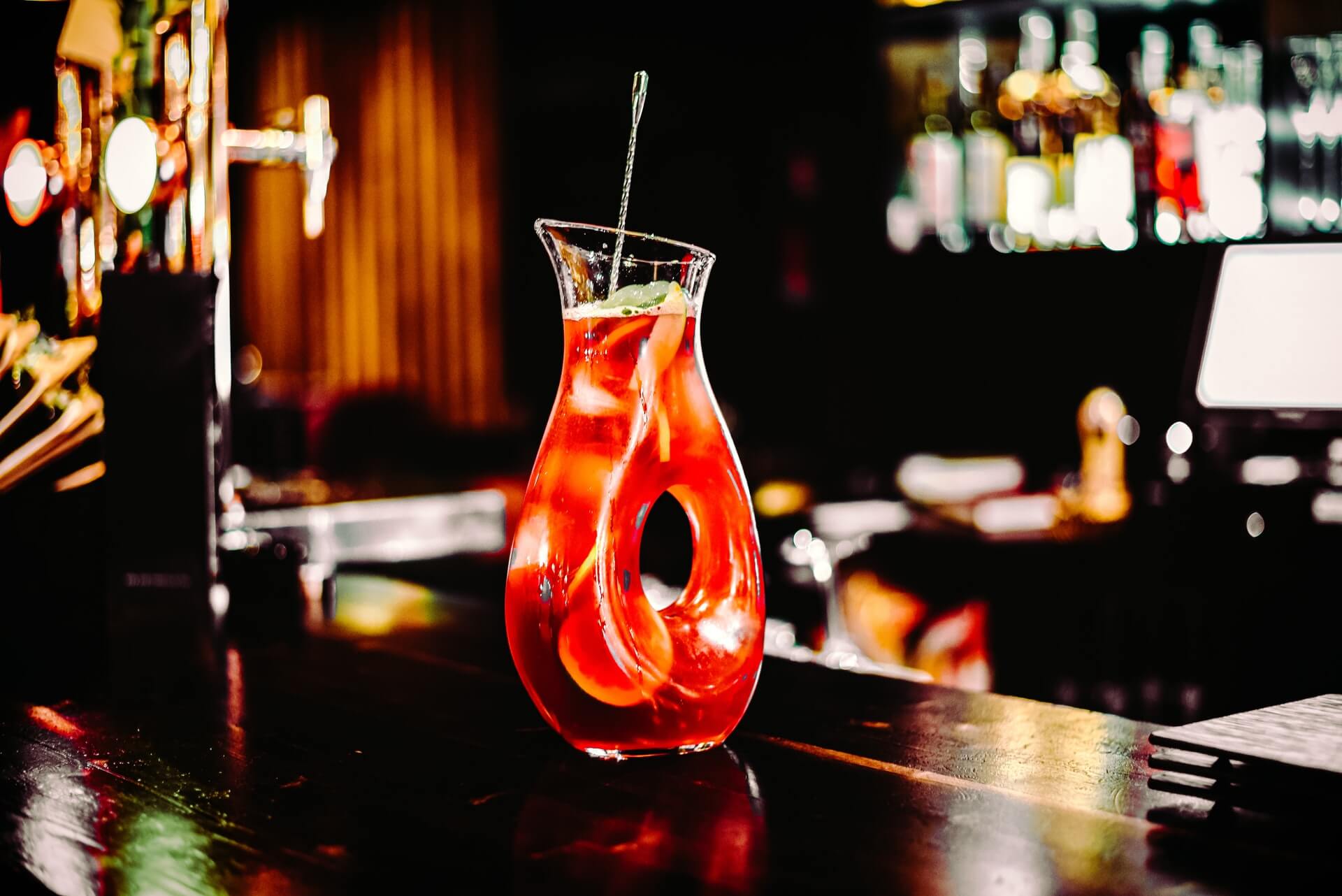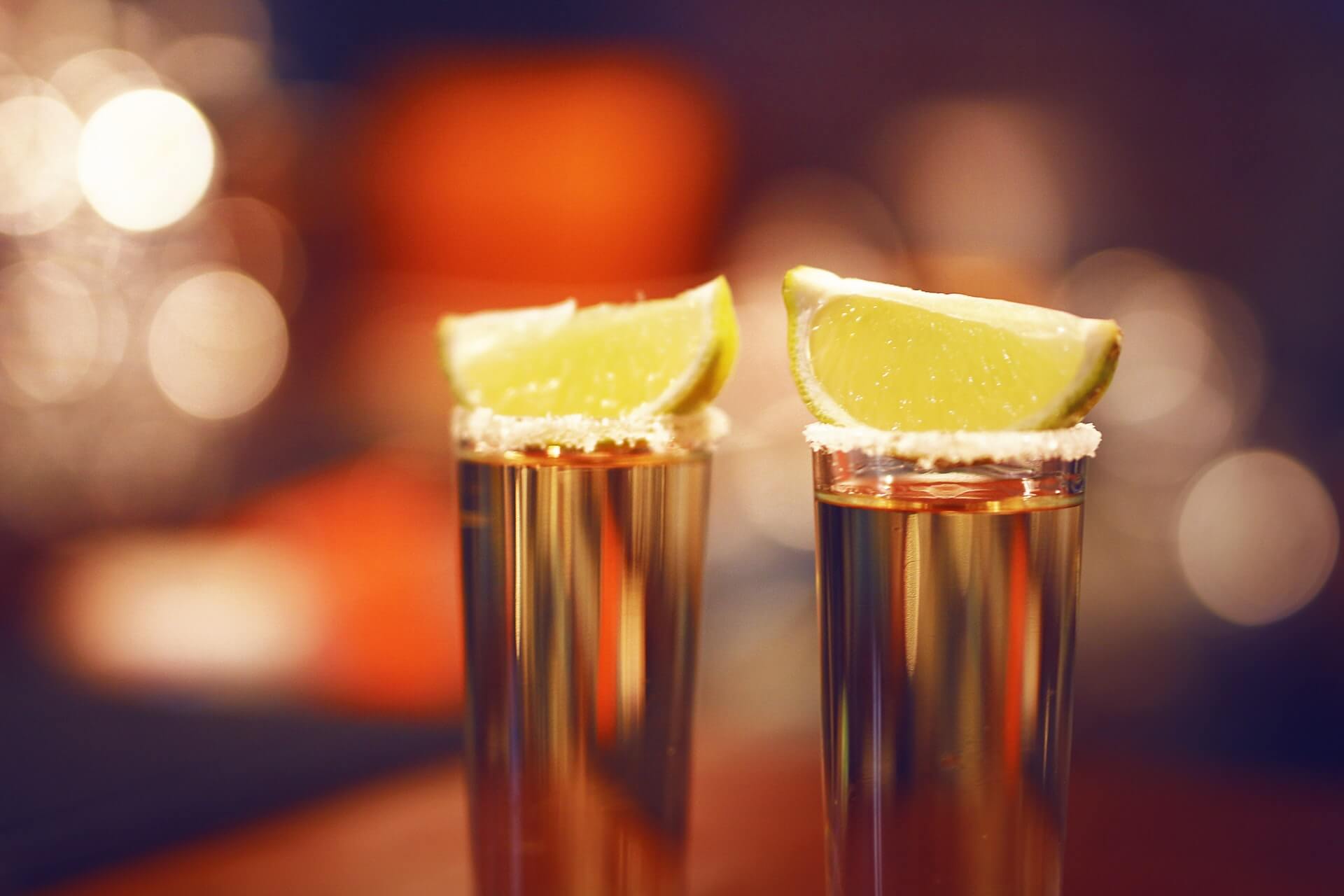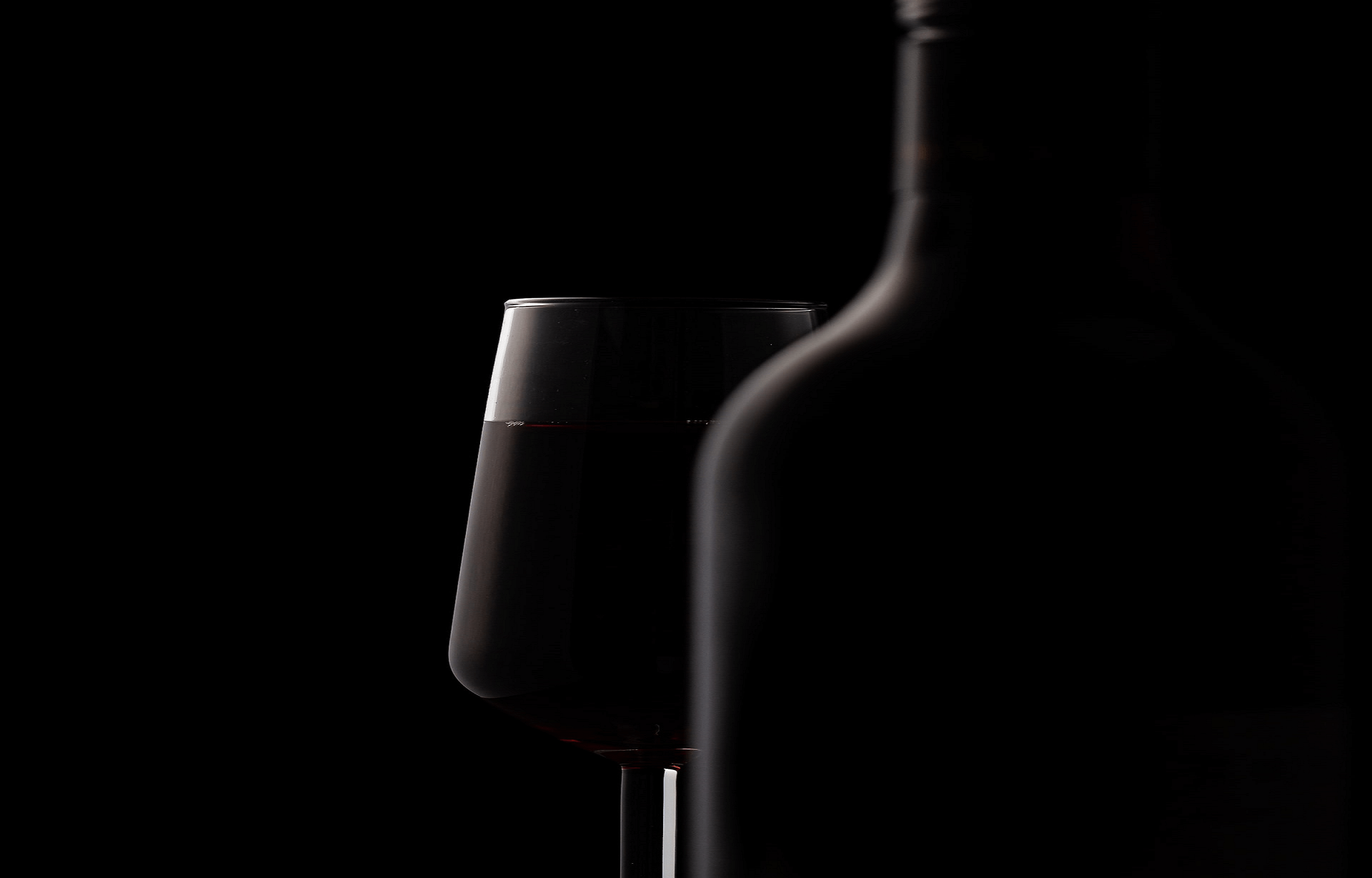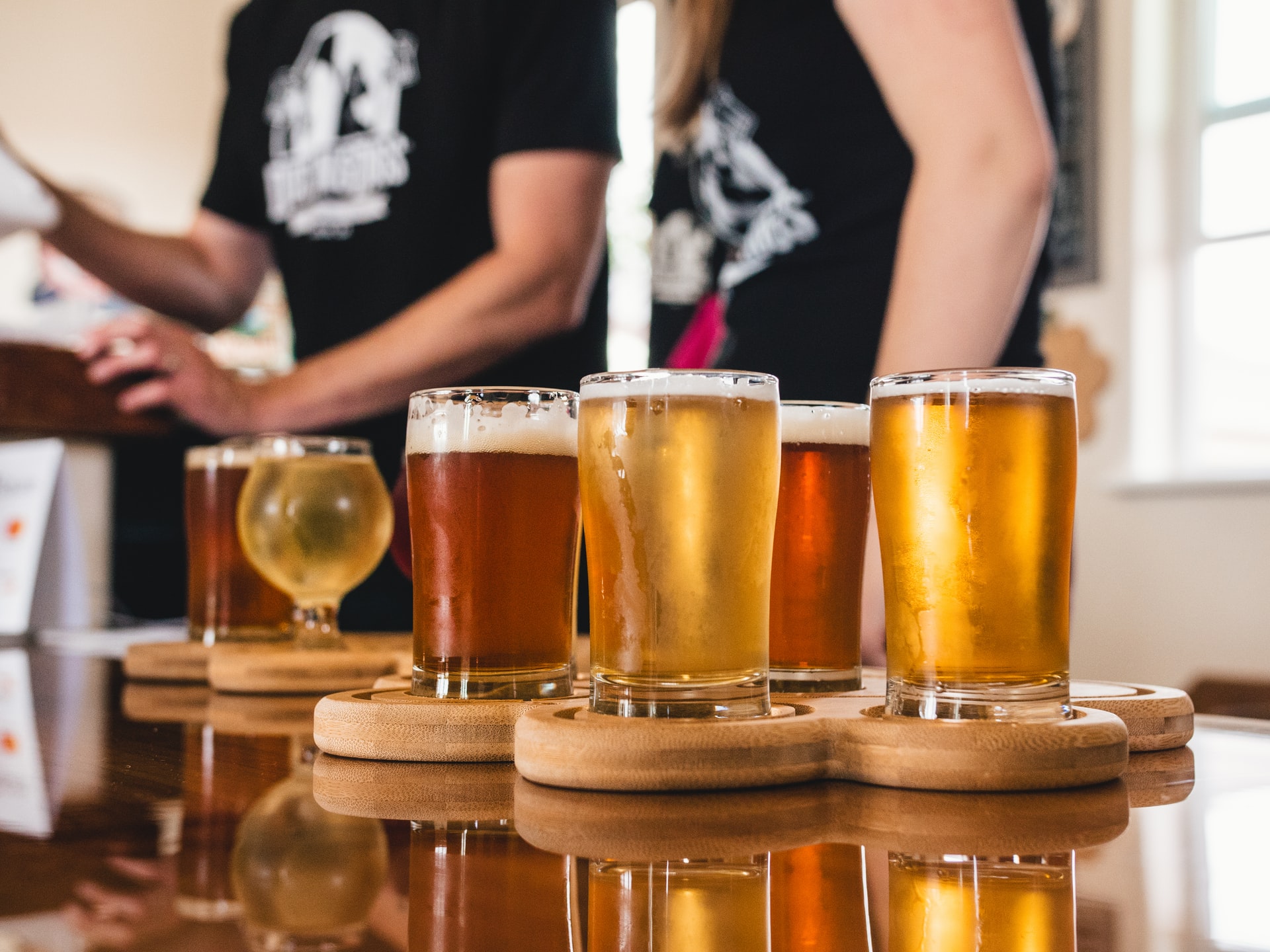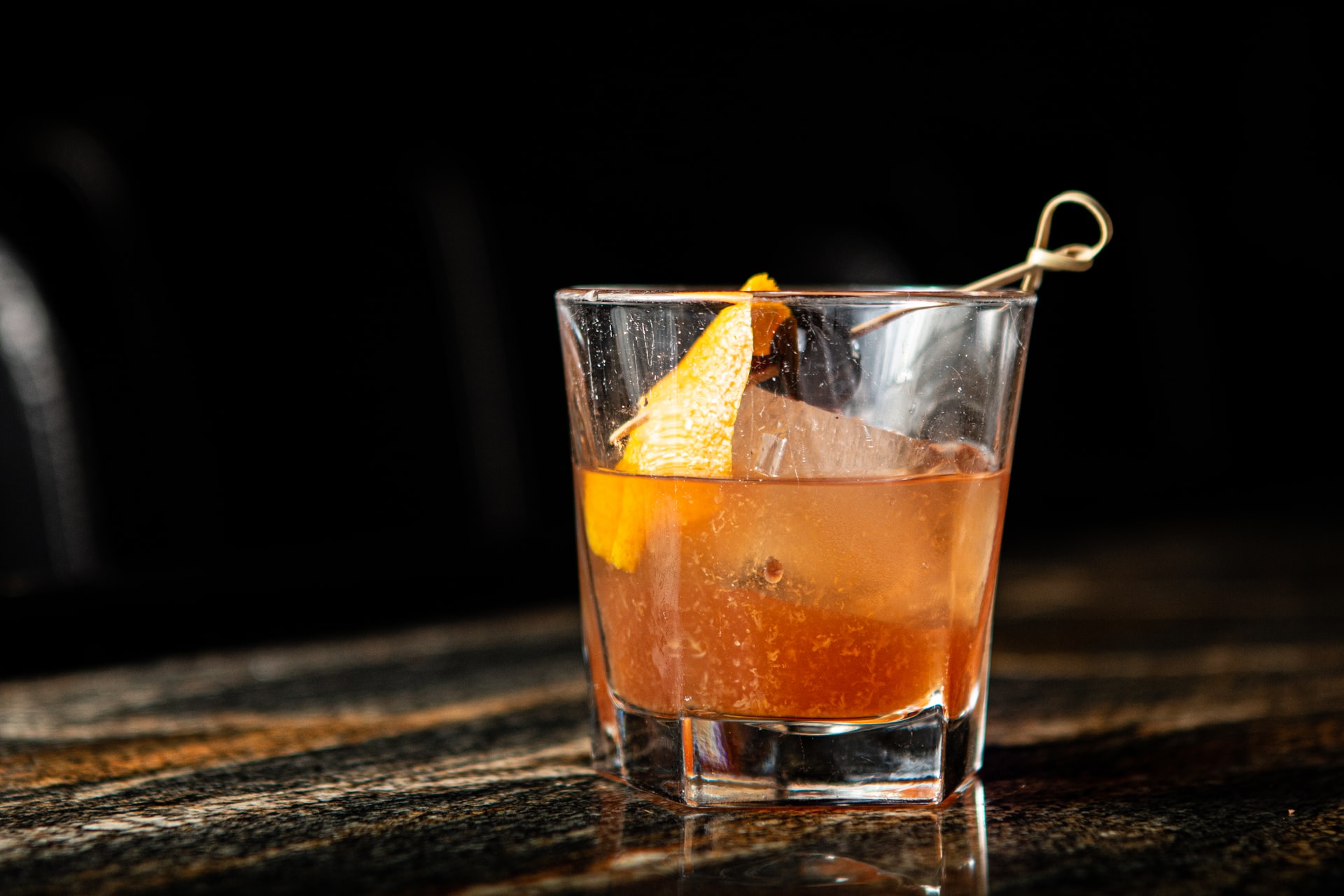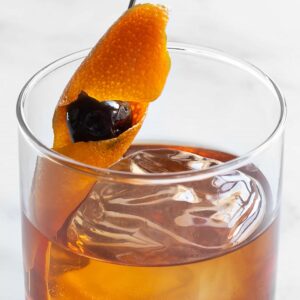Be Different this Valentine’s Day
by David Klemt

When people are considering spending time and money on a holiday two years into a pandemic, they’re seeking unique experiences.
This is particularly true of holidays that traditionally involve an evening out at a restaurant or bar.
Sure, the tried and true will still probably work. After all, the pandemic has driven comfort and comfort foods to perform well.
However, a significant percentage of guests want to experience something new when they leave their homes. Below you’ll find two Valentine’s Day drink recipes and an example of entertaining programming.
When it comes to beverage programming, most people expect bubbles or rosé wines. And of course pink wines, Champagne, Prosecco, Cava, and other sparkling wines should be on hand.
But offering a Valentine’s Day cocktail that isn’t a French 75 can help your holiday menu stand out. One recipe leverages a spirit that may knock vodka off its throne this year. The other showcases a spirt that various industry experts have been hoping claim the number one spot for years.
Kiss from a Rosa
Tequila, particularly premium and ultra-premium expressions, is crushing it as a category. This Valentine’s Day cocktail is made with Código 1530 Rosa, an ultra-premium blanco tequila.
Rested for one month in uncharred French white oak barrels formerly filled with Napa Valley Cab, this unique tequila is characterized by a rosé hue.
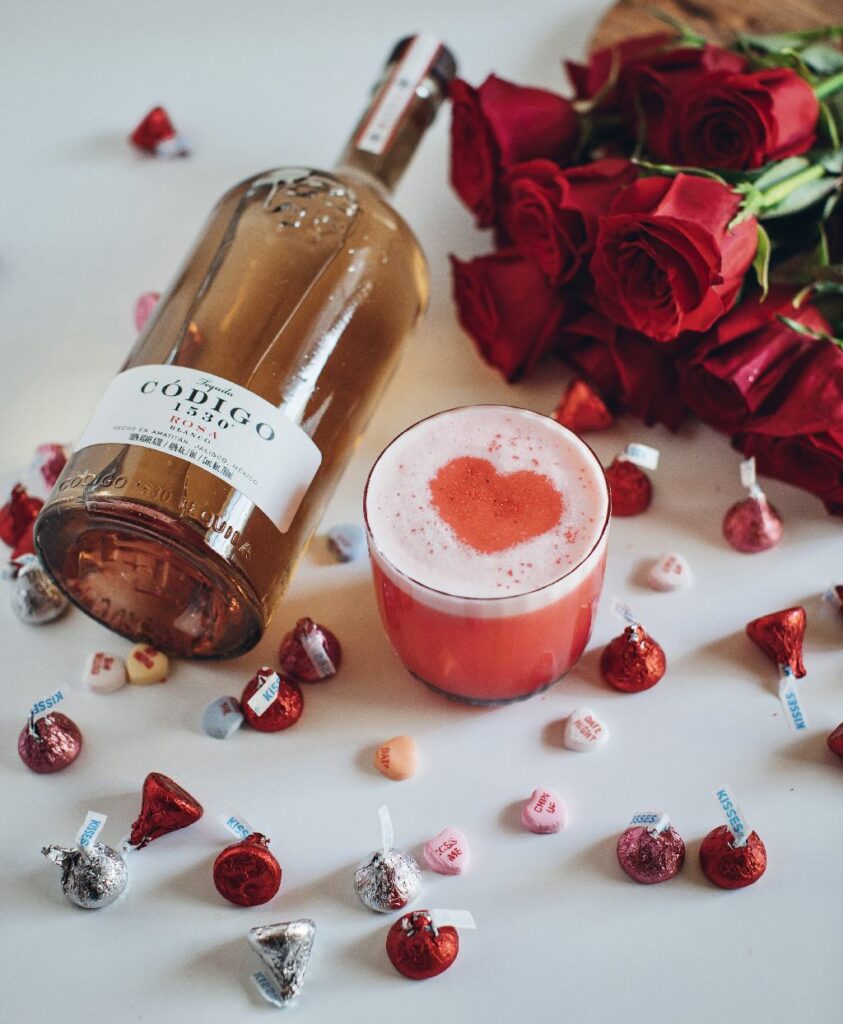
- 1.5 oz. Código 1530 Rosa tequila
- 0.5 oz. Cointreau
- 0.5 oz. Raspberry syrup
- 0.5 oz. Lemon juice
- 1 Egg white
- Pink sugar or raspberries to garnish
Bacardí Old Cuban
I’ve lost track of the number of people who have predicted (hoped is probably more accurate) that rum will “finally have its year.” With tequila projected to potentially crush vodka and Irish whiskey performing so well, it’s unlikely rum will dominate 2022.
However, the category may still experience even more growth this year. Reserva Ocho is based on the Bacardí family’s reserve rum.
The eight-year-old premium rum’s dried fruit, spice, and vanilla notes play well with Prosecco. This cocktail also features a pairing that many guests wouldn’t expect to work: rum and Prosecco.
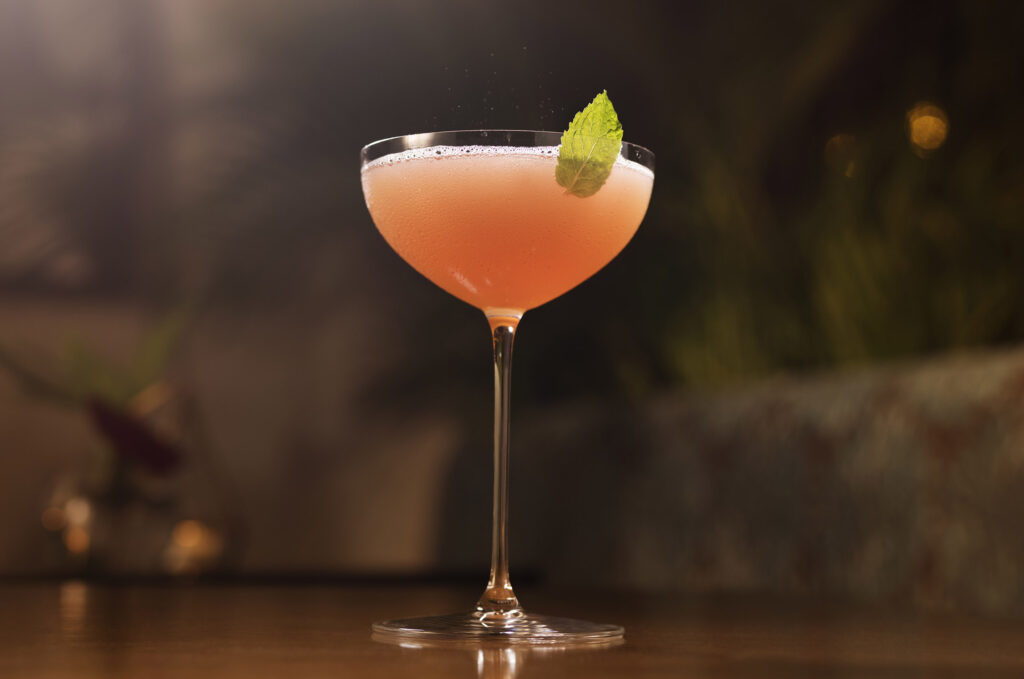
- 2 oz. Bacardí Reserva Ocho Rum
- 2.5 oz. Martini & Rossi Prosecco
- 4 Mint leaves
- 1 oz. Simple syrup
- 1 oz. Lime juice
- 2 dashes of Bitters
Build it: Combine all the ingredients except Prosecco in a cocktail shaker with ice. Shake vigorously, then double-strain into a coupe. Top with Prosecco and garnish with a mint leaf float.
Both cocktails above can easily justify premium pricing.
Dueling Axes Las Vegas Valentine’s Day
Featured on episode 41 of Bar Hacks, Dueling Axes offers an upscale axe-throwing experience. Of course, being upscale doesn’t mean the venue is stuffy.
Rather, Dueling Axes emphasizes fun and unique experiences. Their Valentine’s Day programming is an example of balancing the familiar with the unexpected.
From February 13 through February 15, couples will be treated to two free glasses of Champagne. Groups of four or more will receive a bottle of Champagne for free.
On February 13, however, Dueling Axes is offering an attention-grabbing promotion.
Targeting Galentine’s Day guests, the venue is encouraging people to bring in photos of their exes. The staff will hang the picture on the bullseye to motivate throwers to ace their tosses.
View this post on Instagram
A bit aggressive? Sure. A tad dark? Yep. Memorable? Absolutely.
The recipes and programming above illustrate that simple deviations from the expected can help your venue stand out. This Valentine’s Day, strike a balance between the expected and unique.

